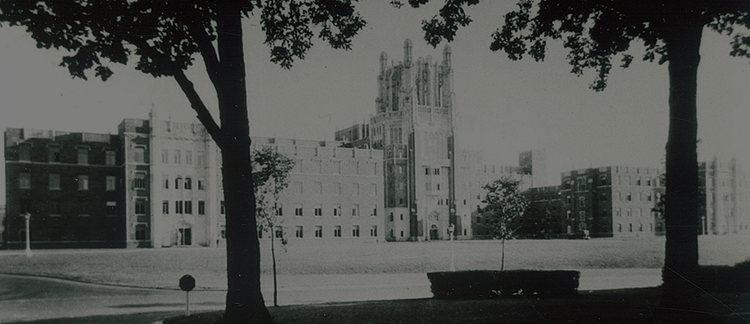Abstract
Vaginal pessary is a well-established pelvic organ prolapse (POP) treatment, but little evidence about long-term use is available. Our aim was to report the duration of use and investigate predictors of long-term pessary use for POP. We hypothesized that younger, healthier women and women who experienced complications would have shorter duration of use.
Keywords: Pessary, pelvic organ prolapse, long-term pessary use
How to Cite:
Winn, H. M. & Morcuende, I. & Genadry, R. R. & Kowalski, J. T. & Bradley, C. S., (2020) “Factors associated with long-term pessary use”, Proceedings in Obstetrics and Gynecology 9(3), 1-2. doi: https://doi.org/10.17077/2154-4751.1493
Rights: Copyright © 2020 the authors
Downloads:
Download pdf
View
PDF

